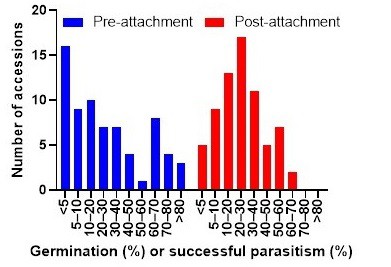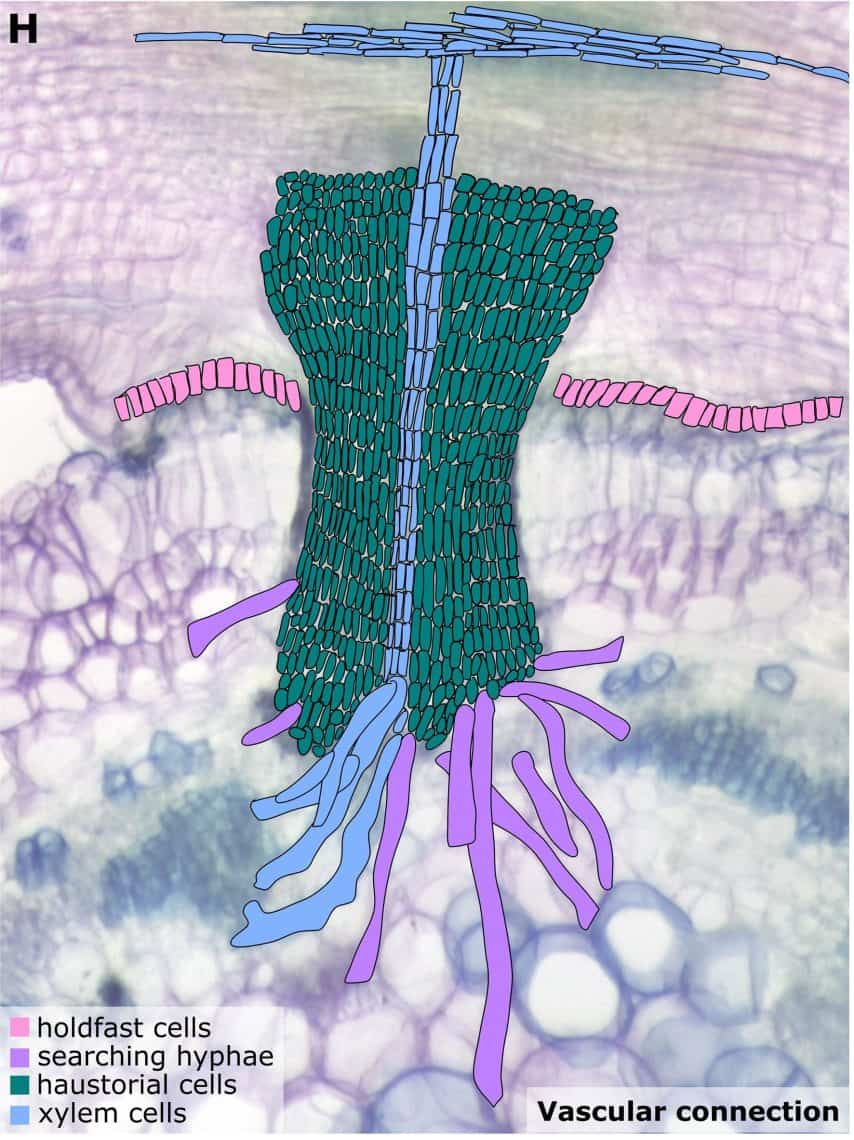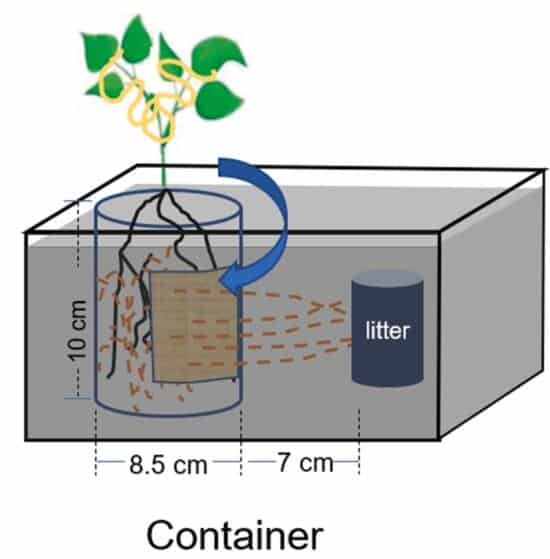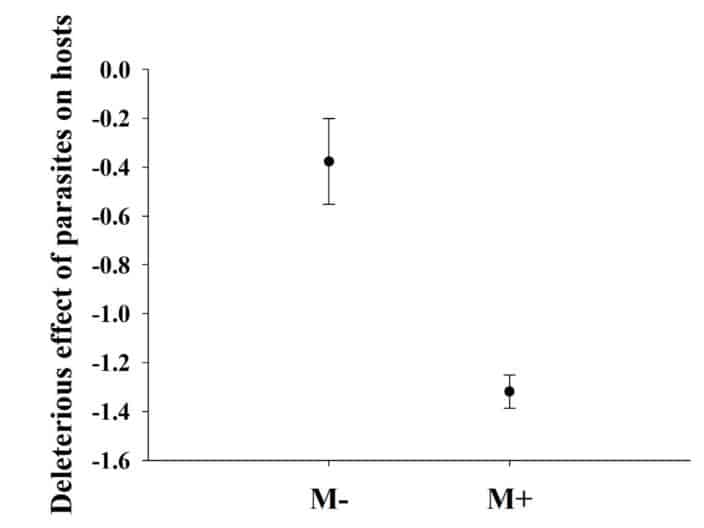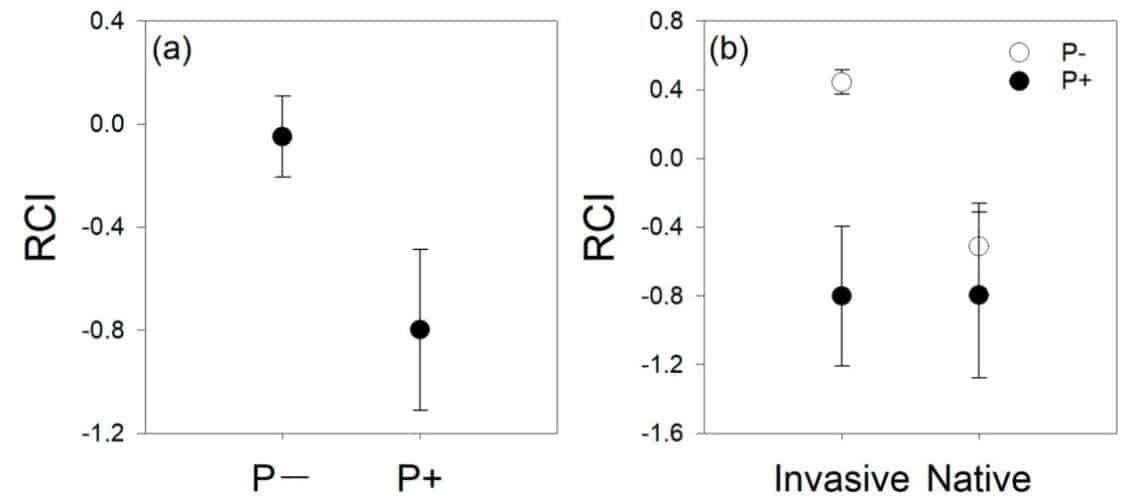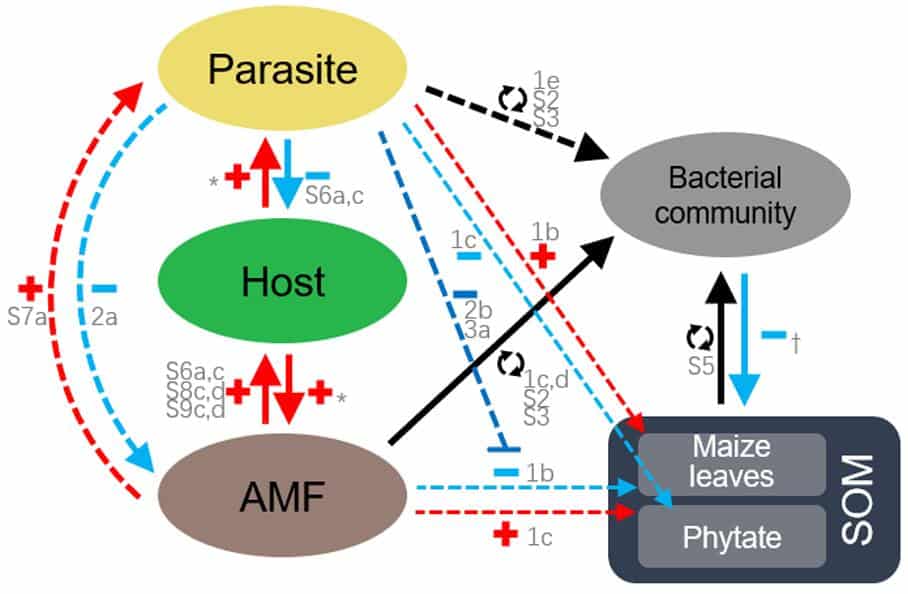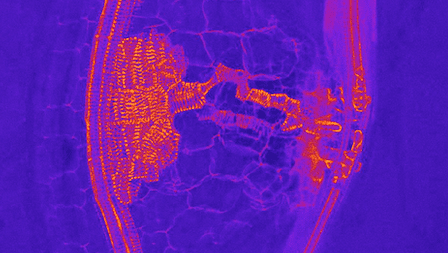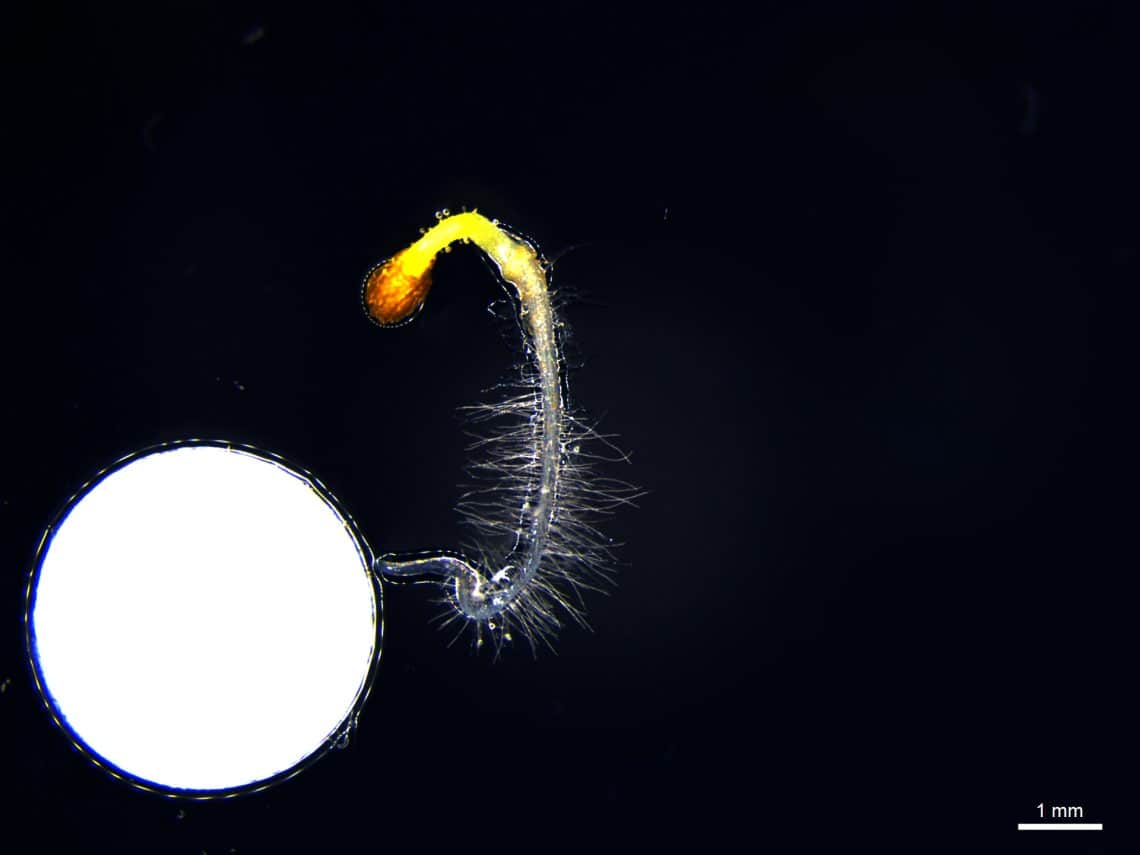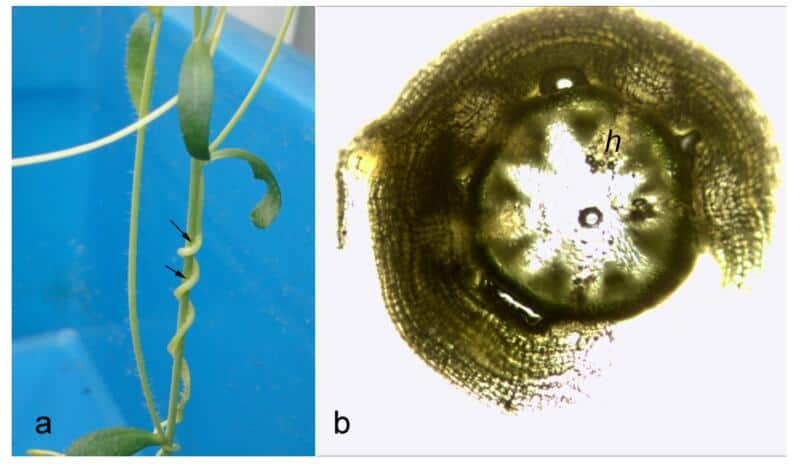In sub‐Saharan Africa, rice is the third‐largest source of food energy, with a rising demand due to population growth and changes in eating habits. The expansion of rice cultivation by converting fallow, maize, and sorghum fields into rainfed rice fields is one method that will help to close the gap between rice demand and production […]
Phenotypic diversity in pre- and post-attachment resistance to Striga hermonthica in a core collection of rice germplasms
